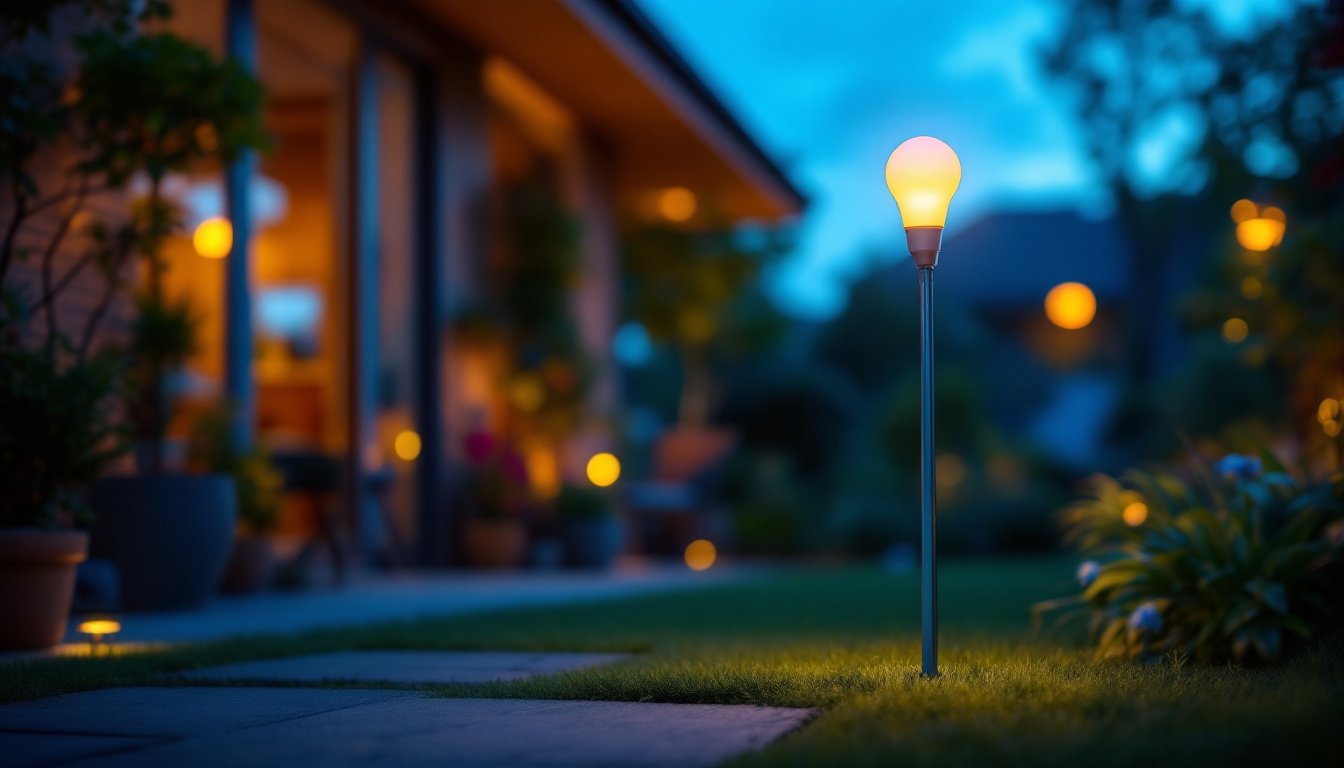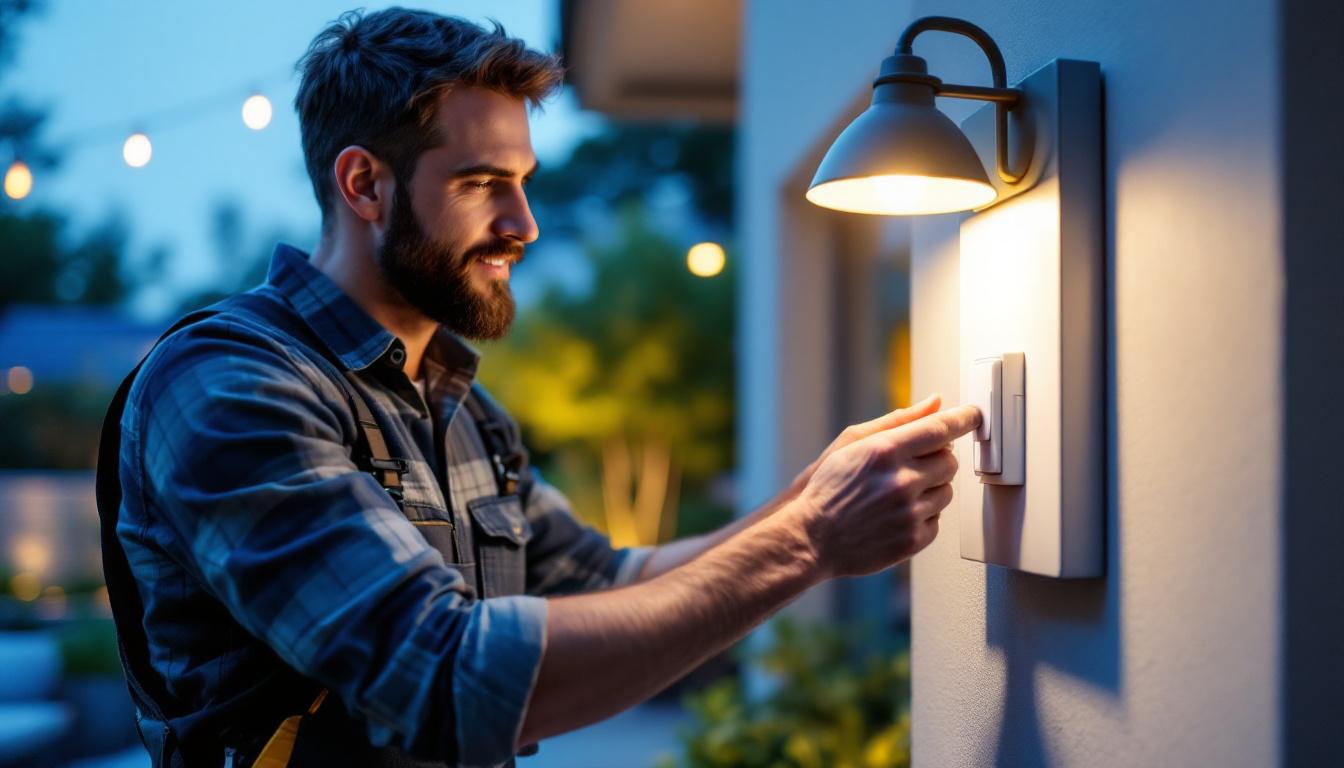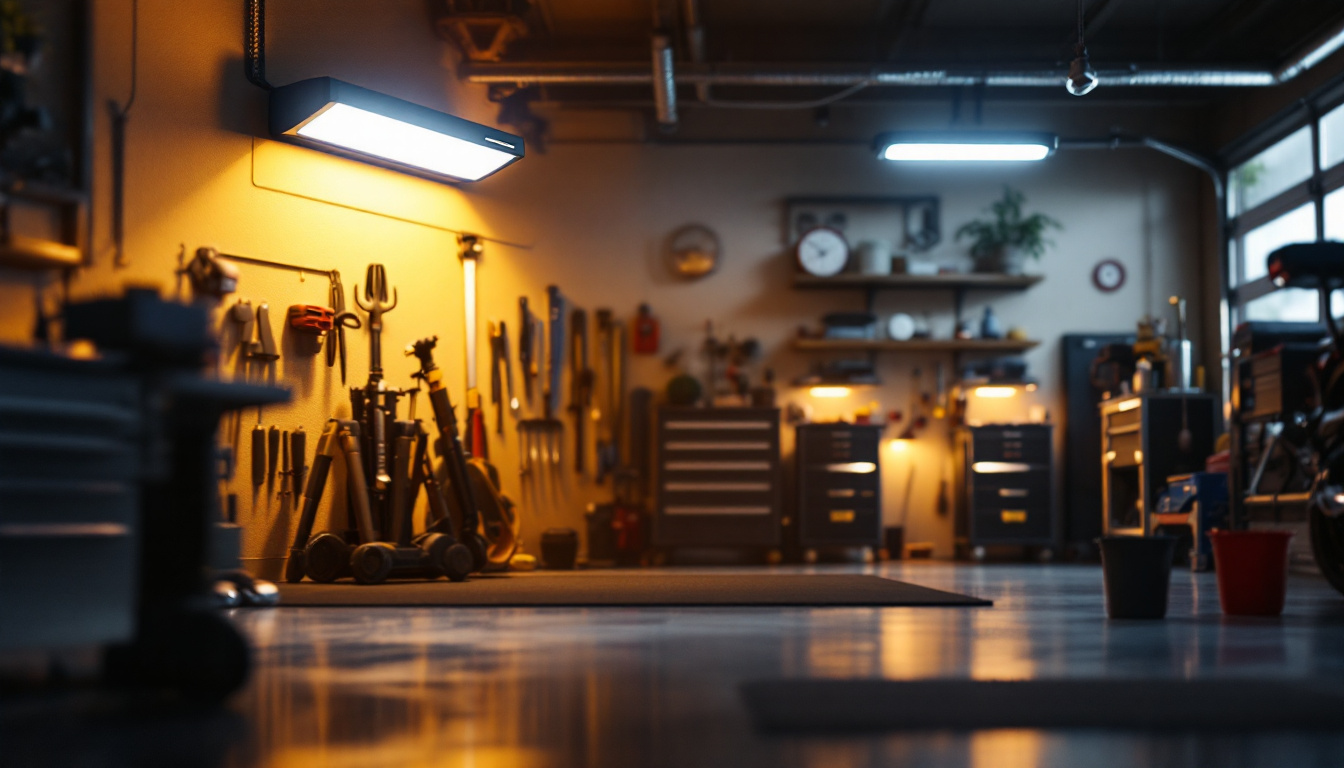
Fluorescent bulbs have been a staple in the lighting industry for decades, providing energy-efficient illumination for a variety of applications. For lighting contractors, understanding the intricacies of fluorescent technology is essential for delivering the best solutions to clients. This article delves into the workings of fluorescent bulbs, their advantages and disadvantages, and considerations for installation and maintenance.
Fluorescent bulbs operate on a principle that combines electricity and gas to produce light. Unlike traditional incandescent bulbs, which generate light through a filament, fluorescent bulbs utilize a different mechanism that results in increased efficiency and longevity.
At the core of a fluorescent bulb is a glass tube filled with a low-pressure mixture of argon gas and a small amount of mercury vapor. When electricity flows through the tube, it excites the mercury vapor, causing it to emit ultraviolet (UV) light. This UV light then interacts with a phosphor coating on the inside of the bulb, converting it into visible light.
This process is known as gas discharge, and it is what allows fluorescent bulbs to produce light while consuming significantly less energy than incandescent bulbs. The efficiency of fluorescent lighting makes it an attractive option for both residential and commercial applications. In fact, fluorescent bulbs can use up to 75% less energy than their incandescent counterparts, leading to lower electricity bills and a reduced carbon footprint. Additionally, their longer lifespan—often lasting up to 10,000 hours—means fewer replacements, which is both cost-effective and environmentally friendly.
There are several types of fluorescent bulbs available, each designed for specific applications. The most common types include linear fluorescent tubes, compact fluorescent lamps (CFLs), and specialty bulbs. Linear fluorescent tubes are often used in commercial settings, such as offices and retail spaces, while CFLs are popular for residential use due to their compact size and versatility.
Specialty fluorescent bulbs, such as those designed for horticultural or industrial applications, offer unique features tailored to specific lighting needs. For example, grow lights utilize specific wavelengths of light to promote plant growth, making them essential for indoor gardening and agriculture. Understanding the different types of fluorescent bulbs can help contractors recommend the most suitable option for their clients. Moreover, advancements in technology have led to the development of energy-efficient fluorescent options that are compatible with dimmer switches, further enhancing their versatility in various lighting scenarios. This adaptability makes fluorescent bulbs a preferred choice for many, as they can be used in diverse settings, from homes to warehouses, without compromising on quality or efficiency.
Fluorescent lighting offers several advantages that make it a preferred choice for many lighting applications. These benefits extend beyond energy savings and can significantly impact the overall lighting experience.
One of the most significant advantages of fluorescent bulbs is their energy efficiency. They consume about 75% less energy than incandescent bulbs, making them an eco-friendly choice. For contractors, this translates into lower energy bills for clients and reduced carbon footprints.
Moreover, the longevity of fluorescent bulbs—often lasting up to 10 times longer than incandescent bulbs—means fewer replacements and less waste, contributing to sustainability efforts in the lighting industry. This durability not only saves money but also reduces the frequency of maintenance, allowing businesses to focus on their core operations without the distraction of frequent bulb changes. Additionally, many fluorescent bulbs are designed to be more resilient in various environmental conditions, making them suitable for both indoor and outdoor applications.
Fluorescent bulbs are versatile and can be used in a variety of settings, from residential homes to large commercial spaces. Their ability to provide bright, even illumination makes them suitable for task lighting, ambient lighting, and even accent lighting.
Contractors can leverage this versatility to meet diverse client needs, ensuring that each space is optimally lit for its intended purpose. Whether it’s a cozy living room or a bustling office, fluorescent lighting can adapt to create the desired atmosphere. Furthermore, advancements in fluorescent technology have led to the development of different color temperatures, allowing users to select warm or cool light tones to match their specific preferences and enhance the aesthetics of a space. This adaptability not only improves the functionality of the lighting but also elevates the overall design, making fluorescent lighting a popular choice in modern architectural projects.
While fluorescent bulbs have many benefits, they also come with challenges that lighting contractors must navigate. Being aware of these challenges can help contractors provide informed recommendations to clients.
One common concern with fluorescent lighting is color rendering. Fluorescent bulbs can sometimes produce a harsh or unnatural light, which may not be suitable for all applications. The Color Rendering Index (CRI) measures how accurately a light source displays colors compared to natural light. Fluorescent bulbs typically have a CRI ranging from 60 to 90, with higher values indicating better color accuracy.
Contractors should consider the CRI when selecting fluorescent bulbs for specific applications. For areas where color accuracy is crucial, such as art studios or retail environments, higher CRI bulbs should be prioritized to ensure that colors appear true to life.
Another challenge associated with fluorescent lighting is flicker, which can cause discomfort and eye strain for some individuals. Flickering can occur due to various factors, including the quality of the ballast used in the fixture. Additionally, some fluorescent bulbs may produce a buzzing or humming noise, which can be distracting in quiet environments.
To mitigate these issues, contractors should recommend high-quality electronic ballasts and flicker-free fluorescent bulbs. Educating clients about these potential problems can help set realistic expectations and improve their overall satisfaction with fluorescent lighting.
Proper installation of fluorescent bulbs is crucial for optimal performance and longevity. Lighting contractors should adhere to best practices to ensure that their installations meet safety standards and provide the desired lighting quality.
When installing fluorescent bulbs, selecting the appropriate fixtures is essential. Fixtures should be compatible with the type of fluorescent bulb being used, whether it’s a linear tube or a compact bulb. Additionally, the fixture design should enhance the distribution of light, minimizing shadows and creating an even illumination across the space.
Contractors should also consider the environment in which the fixtures will be installed. For example, damp or humid areas may require specially designed fixtures to prevent moisture damage, while high-ceiling installations may benefit from fixtures that maximize light output.
The ballast is a critical component of fluorescent lighting systems, as it regulates the current flowing to the bulb. Choosing the right ballast can significantly impact the performance and lifespan of fluorescent bulbs. Electronic ballasts are generally preferred over magnetic ballasts due to their efficiency and ability to reduce flicker.
Contractors should ensure that the ballast is compatible with the specific fluorescent bulb being used. Additionally, understanding the wattage and voltage requirements will help prevent issues during installation and operation.
Regular maintenance of fluorescent lighting systems is essential to ensure their longevity and performance. Lighting contractors should educate clients on proper care and troubleshooting techniques to address common issues.
Dust and debris can accumulate on fluorescent bulbs and fixtures, diminishing light output and efficiency. Regular cleaning is necessary to maintain optimal performance. Contractors should recommend a cleaning schedule that includes gently wiping down bulbs and fixtures with a damp cloth to remove dust without damaging the components.
Additionally, contractors should inform clients about the signs of bulb failure, such as flickering or dimming light. Prompt replacement of faulty bulbs can prevent further issues and ensure consistent lighting quality.
In the event of lighting issues, contractors should be prepared to troubleshoot common problems. For instance, if a bulb is flickering, it may indicate a failing ballast or a loose connection. Educating clients on how to check connections and identify potential issues can empower them to address minor problems without needing immediate professional assistance.
For more complex issues, such as persistent flickering across multiple fixtures, contractors may need to conduct a thorough inspection of the entire lighting system to identify underlying causes.
While fluorescent lighting has been a reliable choice for many years, the lighting industry is constantly evolving. With the rise of LED technology, contractors must stay informed about emerging trends and innovations that may impact their work.
LED lighting has gained popularity due to its superior energy efficiency, longer lifespan, and reduced environmental impact. As more clients seek sustainable lighting solutions, contractors may find themselves transitioning from fluorescent to LED installations.
This transition requires a deep understanding of LED technology, including compatibility with existing fixtures and the benefits of retrofitting. Contractors should stay updated on the latest LED products and trends to provide clients with the most effective solutions.
Despite the growing popularity of LEDs, fluorescent bulbs will likely remain relevant in certain applications. Their unique characteristics, such as the ability to produce specific color temperatures and their cost-effectiveness, make them suitable for various environments.
Contractors should recognize the value of fluorescent lighting and be prepared to offer it as an option alongside newer technologies. By understanding the strengths and weaknesses of each lighting solution, contractors can provide comprehensive recommendations tailored to their clients’ needs.
Fluorescent bulbs continue to play a vital role in the lighting industry, offering energy-efficient and versatile solutions for a range of applications. For lighting contractors, understanding the technology, benefits, challenges, and best practices associated with fluorescent lighting is essential for delivering exceptional service to clients.
As the industry evolves, staying informed about emerging trends and technologies will empower contractors to provide the best lighting solutions, ensuring that their clients receive the highest quality illumination for their spaces.
Ready to elevate your lighting game? At LumenWholesale, we provide lighting contractors like you with the highest quality fluorescent bulbs and more, ensuring your projects shine with efficiency and style. Say goodbye to local distributor markups and hello to our spec-grade lighting products at unbeatable wholesale prices. With our commitment to reliability and performance, plus the convenience of free shipping on bulk orders, you can trust that you’re getting the best value in the industry. Don’t compromise on quality or cost—discover wholesale lighting at the best value today and light up your clients’ spaces with confidence.

Explore how outdoor flood light bulbs can transform your energy consumption.

Discover the essential checklist for lighting contractors when selecting and installing exterior timer switches.

Discover how motion sensor garage lights are revolutionizing the lighting industry with their energy efficiency, convenience, and enhanced security features.

Discover the frequent pitfalls lighting contractors face with Bulb T8 installations.